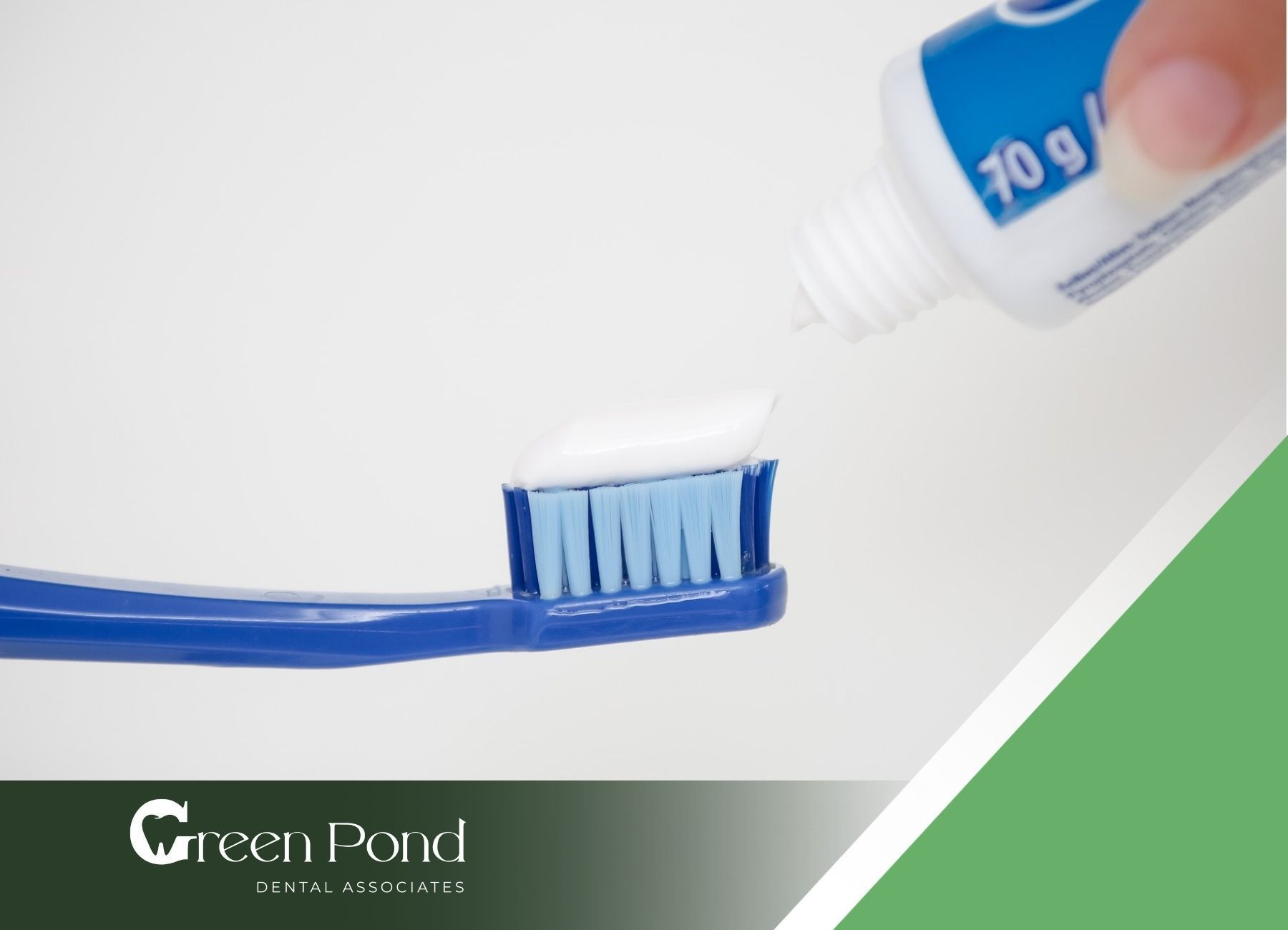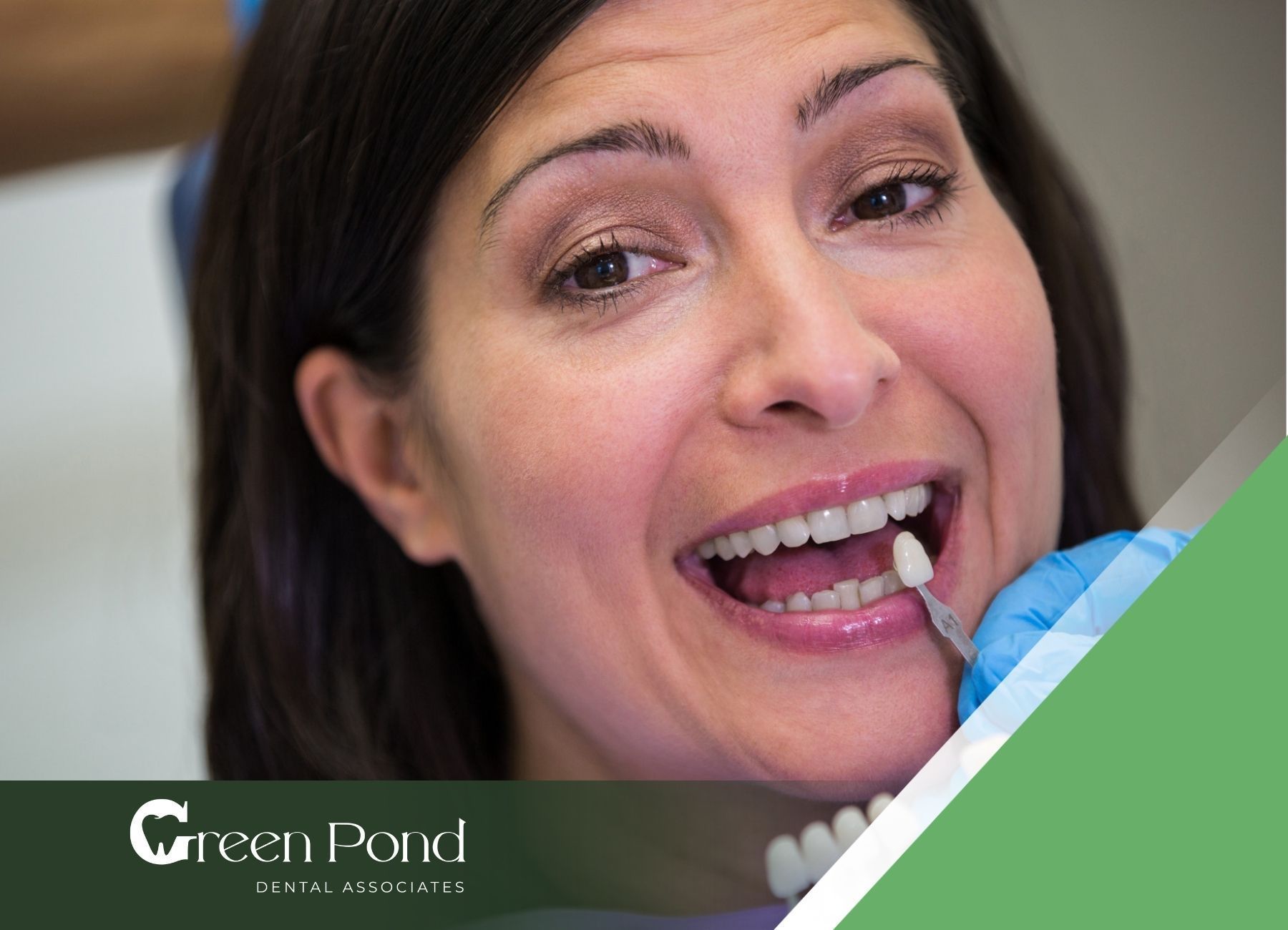Tips for Managing Dental Emergencies: How to Deal with Toothache Pain
A toothache can strike out of the blue, leaving you in severe discomfort and uncertainty. Whether it’s a persistent, throbbing pain or a sudden, sharp sensation, knowing how to handle an emergency is crucial for managing pain and preventing further damage.
In this guide, we'll delve into the signs that signal an emergency toothache, explore immediate steps you can take at home for relief, and explain when it’s essential to seek professional dental care. With this knowledge, you'll be well-prepared to tackle any toothache emergency and safeguard your dental health.
How to Handle Emergency Toothache
Recognizing an emergency toothache is essential for effective management. Understanding the signs, symptoms, and common causes can help individuals determine when immediate attention is necessary.
Signs and Symptoms
Various indicators can signify a toothache. The following table outlines key signs and symptoms to watch for:
| Sign/Symptom | Description |
|---|---|
| Severe Pain | Intense, persistent pain that disrupts daily activities. |
| Swelling | Noticeable swelling around the affected tooth or gums. |
| Sensitivity | Increased sensitivity to hot or cold foods and beverages. |
| Bleeding | Unexplained bleeding from the gums or around the tooth. |
| Fever | Elevated body temperature accompanying dental pain. |
| Difficulty Opening Mouth | Inability to fully open the mouth due to pain or swelling. |
Common Causes of Toothaches
Toothaches can stem from various issues. The following table lists some common causes of tooth pain:
| Cause | Description |
|---|---|
| Tooth Decay | Cavities that lead to nerve exposure and infection. |
| Gum Disease | Inflammation of the gums that can cause pain and discomfort. |
| Tooth Fracture | Cracked or broken teeth that can result in sharp pain. |
| Abscess | A pocket of infection at the root of a tooth causing severe pain. |
| Sinus Infection | Pressure from sinus issues that can mimic toothache symptoms. |
| Dental Work | Pain following recent dental procedures or treatments. |
When faced with sudden tooth pain, it is crucial to take immediate action to alleviate discomfort and prevent further complications. Here are some initial steps and home remedies that can provide temporary relief.
Immediate Steps to Take
In the event of an extreme toothache, follow these immediate actions:
- Rinse the Mouth: Use warm salt water to rinse the mouth. This can help reduce inflammation and cleanse the affected area.
- Use Cold Compress: Apply a cold compress to the outside of the cheek near the painful tooth. This may help reduce swelling and numb the pain.
- Avoid Certain Foods: Stay away from very hot, cold, or sugary foods and drinks, as these can exacerbate the discomfort.
- Pain Relief Medication: Over-the-counter pain relievers can be taken to manage the pain. Follow the recommended dosage instructions.
Home Remedies for Temporary Relief
In addition to immediate steps, there are several home remedies that may help ease the pain associated with a toothache:
- Clove Oil: Applying a small amount of clove oil to the affected area can provide numbing relief due to its natural analgesic properties.
- Garlic: Crushing a garlic clove and applying it to the painful tooth may help, as garlic has antibacterial properties.
- Peppermint Tea Bags: A cooled peppermint tea bag can be placed on the affected area. The menthol can soothe the pain and provide a cooling effect.
- Hydrogen Peroxide Rinse: A diluted hydrogen peroxide rinse can help reduce inflammation and kill bacteria.
These steps and remedies can provide temporary relief for tooth pain. It is essential to seek professional dental help as soon as possible for a proper diagnosis and treatment.
Seeking Professional Help
When someone experiences tooth pain, seeking professional help is critical for effective treatment and relief. There are two primary avenues to consider: contacting a dentist directly and visiting an emergency dental clinic.
Contacting Your Dentist
The first step in addressing a toothache is to reach out to a dentist. Most dental offices have protocols in place for handling urgent situations. Patients should consider the following when contacting their dentist:
| Consideration | Details |
|---|---|
| Availability | Check if the dentist offers emergency appointments or after-hours care. |
| Symptoms | Clearly describe the symptoms, including pain level and duration. |
| Medical History | Inform the dentist of any relevant medical history or allergies. |
| Insurance Information | Have insurance details handy to understand coverage options. |
After contacting the dentist, they may provide advice on managing the pain until the appointment. It's important to follow their instructions carefully.
Visiting an Emergency Dental Clinic
If a dentist is unavailable or the situation requires immediate attention, visiting an emergency dental clinic may be necessary. These clinics are equipped to handle urgent dental issues and typically operate outside standard office hours. Here are key points to consider when visiting an emergency dental clinic:
| Key Point | Details |
|---|---|
| Location | Find the nearest emergency dental clinic or hospital that offers dental services. |
| Wait Times | Be prepared for potential wait times, as clinics may prioritize severe cases. |
| Costs | Emergency visits may have higher costs, so inquire about payment options upfront. |
| Required Information | Bring identification, insurance details, and any relevant medical history. |
Emergency dental clinics can provide prompt care for severe toothaches, ensuring that patients receive the necessary treatment to alleviate pain and address the underlying issue.
Treatment Options for Toothache Emergencies
When faced with an extreme toothache, it is essential to understand the available treatment options. These methods aim to alleviate pain and address the underlying issues causing the discomfort.
Root Canal Treatment
Root canal treatment is a common procedure used to treat infected or inflamed pulp inside the tooth. This treatment involves removing the damaged pulp, cleaning the inside of the tooth, and sealing it to prevent further infection.
| Procedure Steps | Description |
|---|---|
| Diagnosis | Dentist examines the tooth and takes X-rays. |
| Anesthesia | Local anesthesia is administered to numb the area. |
| Pulp Removal | Infected pulp is carefully removed. |
| Cleaning | The inside of the tooth is cleaned and shaped. |
| Sealing | The tooth is sealed with a filling material. |
Root canal treatment can save a tooth and alleviate pain, allowing individuals to keep their natural teeth.
Tooth Extraction
Tooth extraction may be necessary if a tooth is severely damaged or infected beyond repair. This procedure involves the complete removal of the affected tooth.
| Extraction Types | Description |
|---|---|
| Simple Extraction | Removal of a tooth visible above the gum line. |
| Surgical Extraction | Removal of a tooth that has not fully erupted or is broken. |
After a tooth extraction, a dentist may provide post-operative instructions to ensure proper healing.
Antibiotics and Pain Management
In cases where infection is present, dentists may prescribe antibiotics to help eliminate bacteria. Pain management is also crucial to treat toothache.
| Pain Management Options | Description |
|---|---|
| Over-the-Counter Pain Relievers | Medications such as ibuprofen or acetaminophen to reduce discomfort. |
| Prescription Pain Medications | Stronger medications may be prescribed for severe pain. |
Using antibiotics and pain management strategies can provide relief and help prevent further complications while awaiting definitive treatment.
Preventing Future Dental Emergencies
Preventing dental emergencies, including toothache, is essential for maintaining oral health. By adhering to regular dental care and effective oral hygiene practices, individuals can significantly reduce the risk of experiencing painful dental issues.
The Importance of Regular Dental Check-ups
Regular dental check-ups play a crucial role in preventing toothaches and other
dental emergencies. During these visits, a dentist can identify potential problems before they escalate into emergencies. Early detection and treatment can save time, discomfort, and expense.
| Frequency of Check-ups | Benefits |
|---|---|
| Every 6 months | Routine cleaning, cavity detection, gum health assessment |
| Every 3-4 months | For individuals with existing dental issues or higher risk |
| Annually | For those with good oral health and low-risk |
Oral Hygiene Practices for Prevention
Maintaining proper oral hygiene is vital for preventing toothaches and other dental problems. The following practices can help ensure healthy teeth and gums:
| Practice | Description |
|---|---|
| Brushing | Brush twice daily with fluoride toothpaste for at least two minutes. |
| Flossing | Floss daily to remove plaque and food particles between teeth. |
| Mouthwash | Use an antibacterial mouthwash to reduce oral bacteria. |
| Diet | Limit sugary foods and drinks that contribute to tooth decay. |
| Hydration | Drink plenty of water to help wash away food particles and bacteria. |
By implementing regular dental check-ups and practicing good oral hygiene, individuals can significantly decrease the likelihood of experiencing a toothache emergency. These proactive measures contribute to overall dental health and well-being.
Conclusion
In summary, understanding and managing a toothache emergency is crucial for addressing pain and preventing further dental issues. Recognizing the signs and symptoms of a toothache emergency, knowing how to manage it at home, and seeking prompt professional help are all essential steps in safeguarding your oral health.
If you find yourself dealing with a toothache emergency, don’t hesitate to reach out for expert care. At Green Pond Dental, located in Rockaway and Jackson, NJ, we are dedicated to providing prompt and compassionate treatment for all your dental emergencies. Our skilled team is here to ensure you receive the relief you need and get back to your daily life without the discomfort of a toothache.
Contact Green Pond Dental today to schedule an appointment and experience the top-notch care that will restore your smile and your peace of mind. Your dental health is our priority!
FAQs
What should I do if I have severe toothache pain?
Severe toothache pain can indicate a serious issue. Rinse your mouth with warm salt water, apply a cold compress to reduce swelling, and take over-the-counter pain relievers. Seek professional dental care as soon as possible for a proper diagnosis and treatment.
How can I temporarily relieve toothache pain at home?
You can use home remedies such as clove oil for numbing relief, garlic for its antibacterial properties, or peppermint tea bags for soothing effects. However, these are temporary measures, and professional dental care is necessary for a long-term solution.
When should I go to an emergency dental clinic for a toothache?
If you experience severe pain, swelling, or bleeding, or if you have a knocked-out tooth, you should visit an emergency dental clinic. If your regular dentist is unavailable, these clinics are equipped to handle urgent dental issues outside of normal office hours.










